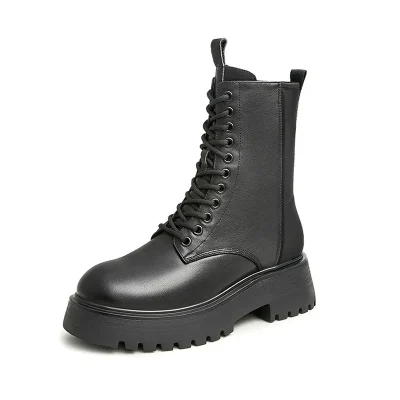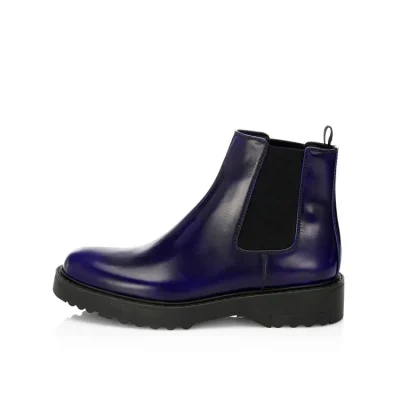Choosing the right boot soles for hiking is crucial for comfort, safety, and performance on the trail. Here’s what you need to know:
1. Traction
- Lug Pattern: Deep lugs provide better grip on uneven and slippery surfaces. Look for multi-directional patterns for versatility on various terrains.
- Material: High-quality rubber, like Vibram, is often used for its superior traction and durability.
2. Durability
- Abrasion Resistance: Soles should withstand rough surfaces, rocks, and debris. Durable rubber compounds are essential.
- Reinforcements: Some soles have added protection in high-wear areas to enhance longevity.
3. Comfort and Support
- Cushioning: Midsoles made of EVA or PU provide cushioning and shock absorption, reducing foot fatigue on long hikes.
- Arch Support: Adequate arch support is crucial for maintaining foot health and comfort during extended hikes.
4. Stability
- Stiffness: A moderately stiff sole provides better support on uneven terrain. Too much flexibility can lead to foot fatigue and instability.
- Heel Brake: Some soles have a heel brake or a pronounced heel area that helps control descents and prevents slipping.
5. Weight
- Lightweight Soles: Reduces overall boot weight, improving comfort and reducing fatigue. However, ensure they still provide adequate support and protection.
6. Water Resistance
- Waterproof Soles: Rubber soles are naturally waterproof, but consider boots with waterproof membranes (like Gore-Tex) for added protection.
- Drainage: Soles with proper drainage channels can be beneficial for wet conditions, allowing water to escape and keeping feet dry.
7. Temperature Performance
- Cold Conditions: Look for soles designed for cold weather with good insulation and traction on icy surfaces (e.g., Vibram Arctic Grip).
- Hot Conditions: Soles that provide breathability and heat resistance are important for desert or summer hiking.
8. Terrain Specific Soles
- Rocky Terrain: Soles with good rigidity and a solid lug pattern provide stability and grip on rocky surfaces.
- Muddy or Soft Terrain: Wide-spaced lugs prevent mud from clogging and maintain traction.
- Mixed Terrain: Versatile soles with a combination of deep lugs and flexibility handle varied conditions effectively.
9. Brand and Model Recommendations
- Vibram Soles: Known for durability and traction, often used in high-quality hiking boots.
- Continental Rubber: Used in some hiking shoes for excellent wet and dry traction.
- Salomon Contagrip: Offers a good balance of durability, weight, and traction, suitable for mixed terrains.
10. Fit and Break-In Period
- Proper Fit: Ensure boots fit well with enough room for your toes and proper heel support. Try them on with hiking socks.
- Break-In: Allow time to break in your boots before embarking on long hikes. Wear them around the house or on shorter walks to soften the material and adjust to your feet.
Conclusion
When choosing boot soles for hiking, prioritize traction, durability, comfort, and suitability for the terrain you’ll be tackling. High-quality rubber soles like Vibram, good cushioning and support, and appropriate weight and water resistance will enhance your hiking experience, keeping your feet comfortable and secure on the trail.


















